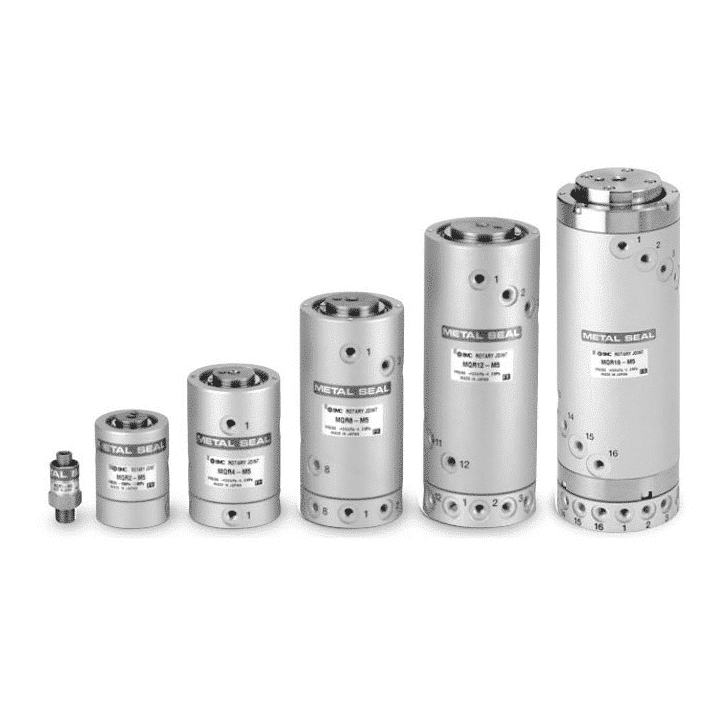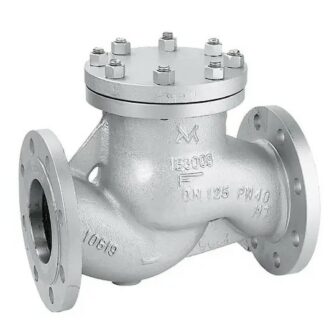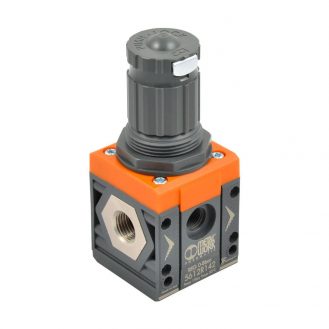A rotary union is a mechanical connection device that allows a fluid to be transferred from a fixed part of a machine to a rotating part and vice versa. The fluid conveyed in the system can be liquid or gaseous, under pressure or under vacuum.
A rotary union consists of a shaft, one or more seals, one or more bearings and a body. It keeps the fluid moving. It must be completely sealed: the mechanical, lip or O-ring seal is therefore a key element of the connection.
Some manufacturers use the terms “rotary union”, “rotary distributor,” or “rotary joint.”








